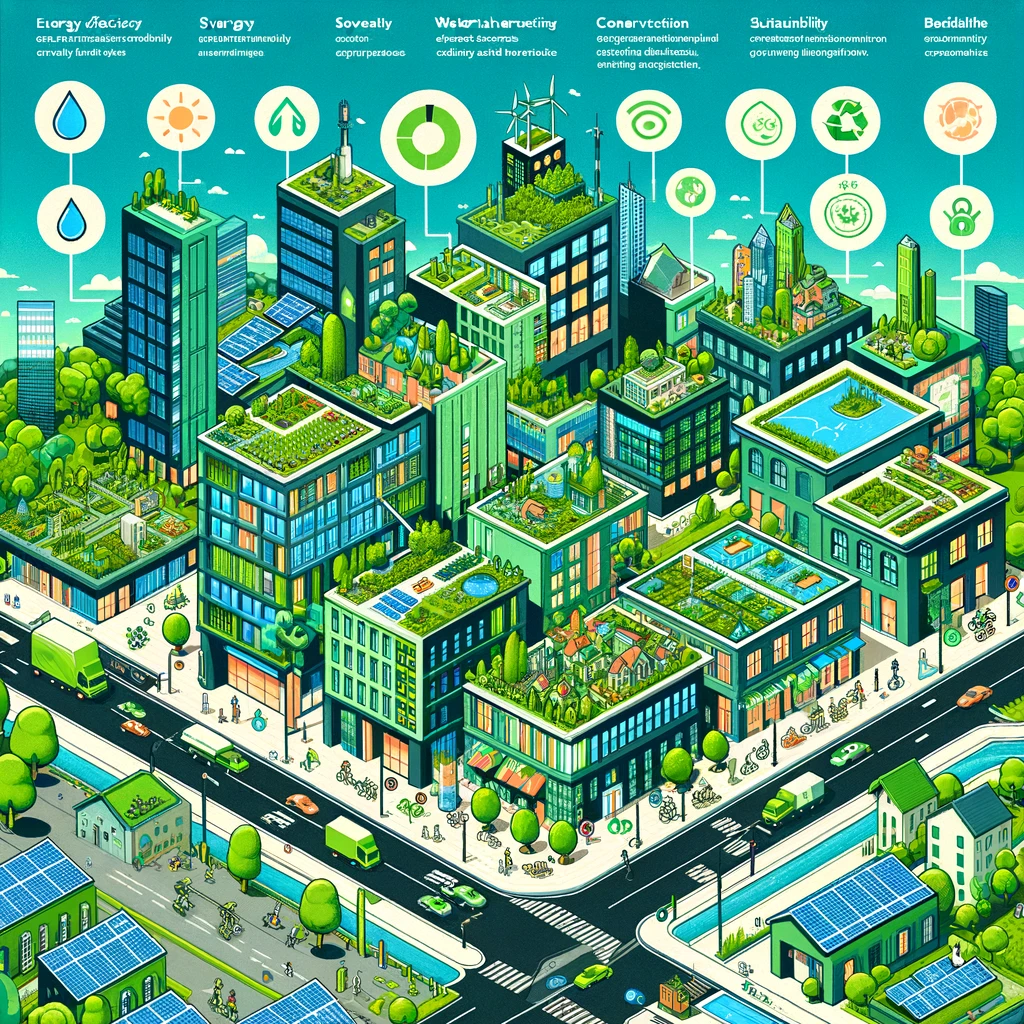Are you curious about the impact of green building ordinances on the economy and the environment? Dive into this comprehensive guide to learn everything you need to know about green building ordinances, their benefits, and how they work.
What is a Green Building Ordinance?
A green building ordinance is a set of regulations or guidelines implemented by local governments to promote sustainable building practices. These ordinances typically require new construction and major renovations to meet certain environmental standards, such as energy efficiency, water conservation, and use of environmentally friendly materials.
Benefits of Green Building Ordinances
Environmental Impact
Green building ordinances play a crucial role in reducing carbon emissions and mitigating the effects of climate change. By promoting energy-efficient buildings and renewable energy sources, these ordinances help to lower greenhouse gas emissions and minimize the environmental footprint of the built environment.
Economic Advantages
From an economic standpoint, green building ordinances can lead to significant cost savings for both property owners and communities. Energy-efficient buildings require less energy to operate, resulting in lower utility bills for occupants. Additionally, green buildings often have higher property values and may qualify for tax incentives or financial incentives for implementing sustainable features.
Examples of Green Building Ordinances
Energy Efficiency Standards
Many green building ordinances include requirements for energy efficiency, such as minimum standards for insulation, lighting, and HVAC systems. For example, the City of San Francisco has implemented strict energy efficiency standards for new construction projects, aiming to reduce energy consumption and greenhouse gas emissions.
Water Conservation Measures
Green building ordinances may also include provisions for water conservation, such as requirements for low-flow plumbing fixtures, rainwater harvesting systems, and drought-tolerant landscaping. These measures help to reduce water usage and alleviate strain on local water resources.
Conclusion
In conclusion, green building ordinances are powerful tools for promoting sustainability and resilience in the built environment. By setting standards for energy efficiency, water conservation, and environmental performance, these ordinances contribute to a healthier and more sustainable future for communities. Whether you’re a property owner, developer, or policymaker, understanding and complying with green building ordinances is essential for creating greener, more resilient cities and towns.







